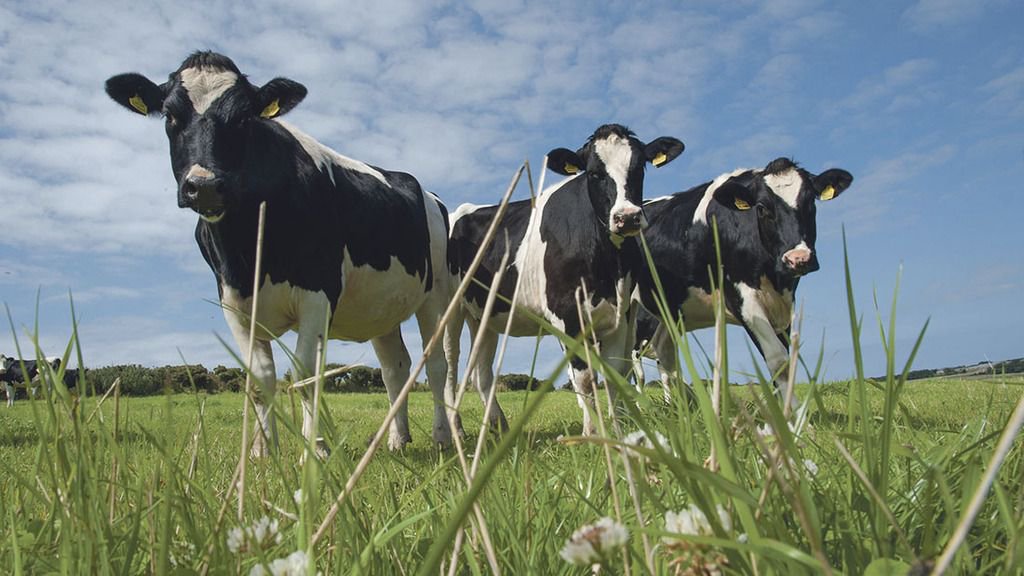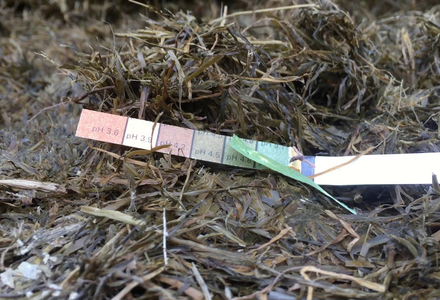Are all lactic acid bacteria the same?
There are two main types of lactic acid bacteria (LAB), homofermentative and heterofermentative.
 Homofermentative LAB convert crop sugars mainly to lactic acid which is the strongest type of acid produced during a silage fermentation. Energy and dry matter losses are minimal. The most common homofermentative LAB species found in silage inoculants are Lactiplantibacillus plantarum, Pediococcus pentosaceus, Pediococcus acidilactici and Enterococcus faecium.
Homofermentative LAB convert crop sugars mainly to lactic acid which is the strongest type of acid produced during a silage fermentation. Energy and dry matter losses are minimal. The most common homofermentative LAB species found in silage inoculants are Lactiplantibacillus plantarum, Pediococcus pentosaceus, Pediococcus acidilactici and Enterococcus faecium.

Heterofermentative LAB convert crop sugars to a mixture of end products, including acetic acid, a weaker acid than lactic, and ethanol which will not aid acidification. Carbon dioxide is also produced and represents a DM and energy loss. The rate of acidification is significantly slower.
The numbers of LAB on growing crops can be quite low and the majority are generally heterofermenters. Some of the homofermenters found grow well initially while the crop pH is still high but their growth rapidly becomes inhibited as the pH falls, eg Enterococci. This is why inoculation with high numbers of specially selected strains of LAB can lead to a much faster fermentation.
Although heterofermentative LAB are not desirable for the initial fermentation, one such species, Lactobacillus buchneri is now commonly being incorporated into inoculants aimed at reducing aerobic spoilage as it has the ability to convert lactic acid to acetic acid, an antifungal compound. It is not particularly active during the initial fermentation, the conversion of lactic acid only taking place after the initial fermentation has been completed.
